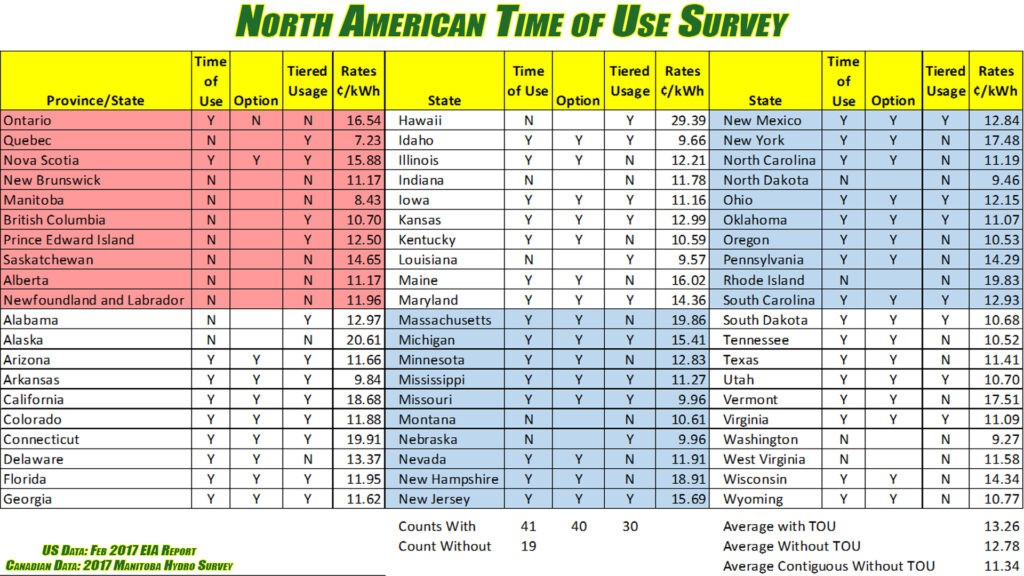#CrimeOfUse Rates May 2021
On May 1, Ontario Time of Use or #CrimeofUse Rates will switch to the summer schedule, with peak usage charges switching from mid-afternoon to morning and evening rush hours. Time of Use rates can be a very useful tool in the fight to reduce energy usage. They encourage consumers to reduce energy usage by using energy when it is not in high demand by offering lower rates for off-peak use at the cost of higher rates during on-peak use.
But when they are forced on customers in a faux market just in case they are on peak, #CrimeOfUseRates can punish those who have the least control over when they use electricity, unfairly driving up electricity costs. For example, doubling the costs of electricity to cook supper during peak times.

Giving customers control over energy use can make them more willing to reduce energy usage, especially if you allow them the option to control how they use energy. But in Ontario, #CrimeOfUse rates are forced on all customers without choice. So rather than partnering with consumers to reduce energy usage at peak times by offering an opportunity for savings, the province seeks to force customers to reduce energy usage by mandating higher rates at peak times.
The forced nature of the relationship is what bothers me. Not all customers can change their power usage to suit peak demand. Many people use power when they need it, and for those people who do not have the luxury of choosing when they use power, Time of Use rates can be a punishment, unfairly increasing the cost of electricity for people who can least afford it. That is a very different method than used in all other North American provinces and states that use Time of Use. Everywhere else, Time of Use is a money-saving option. When it is forced on consumers likes it is in Ontario, it can punish people who have fewer elective energy uses.
So today, I wanted to start a survey of how Time of Use rates are used to help residential customers save money in other jurisdictions, like California. Currently, all commercial, industrial and agricultural customers in California are required to be on the time-of-use plan. Residential can choose Time of Use plans by contacting their utility.
But for residential customers, Time of Use rates are optional and allow customers to choose the option of signing up for the Time of Use rate, if and only if, the rates are financially beneficial to customers.

In California, there is more than one Time of Use option for residential customers. Rates are variable and each utility has set rates based upon their pricing calculations while allowing an avenue for modest users to participate without punishment from #CrimeOfUse rates.
Time of Use plans are not the only rate plans offered to customers, each utility offers a tiered rate plan so customers are charged more when they exceed their monthly baseline. So if a customer has a 1000 kWh limit a $0.20/kWh charge will apply for the first 1000 kWh and a $0.40/kWh charge will apply beyond 1000 kWh. This is also another way for a customer to monitor and reduce their energy usage and for many, easier to understand for those easily confused by the complicated Time of Use options.
But in the end, there are other options to control energy use other than Time of Use rates. The tying of the Ontario power system to one system, forcing a one size fits all solution to all customers, is another over-commitment of surprisingly overconfident Independent System Operator, who considering their inability to contain rates, should be more open to new ideas to reduce electricity rates.
If you like the analysis of Time of Use rate usage, take a look at my Going Green to $ave Green Video Series with more practical facts about energy efficiency. Videos are being updated to improve visuals and audio editing, and where appropriate with 2021 relevant data.
